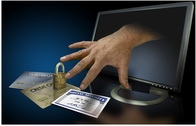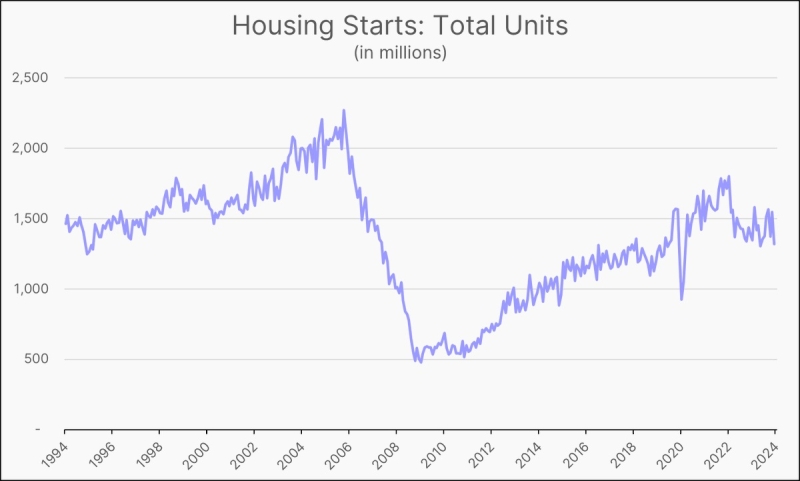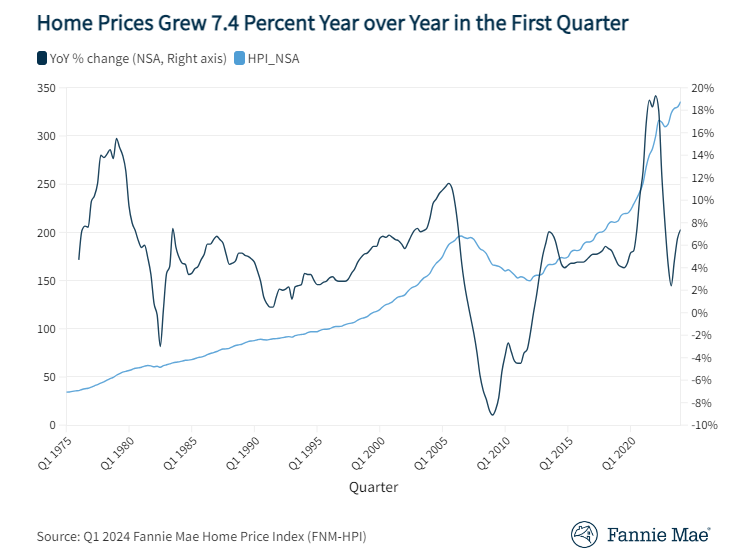Advertisement
Paperless lending offers fraud risk mitigation

The mortgage industry has embraced paperless lending, bringing a somewhat unexpected, but critical benefit to the market—another line of defense against mortgage fraud. The benefits of going electronic, saving time, reducing costs and improving accuracy are being realized by lenders across the industry. This is evidenced by their increased reliance on electronic documents. Today, more than 80 percent of the loan documents volume flowing through the pipelines of the largest lenders is electronically enabled, meaning that if the borrower chooses to keep it electronic, the documents will never paper out. That compares to about 40 percent just a few years ago.
Those benefits are what drew lenders to the technology, undoubtedly, but they are not the only catalysts for the hefty adoption rates. Lenders have learned to manage and track their performance based on the critical metrics-based data from their electronic data streams and the associated transaction data. Banks are sending more data electronically, and that makes the data much more accessible to applications their service providers offer to protect against fraud.
An increased focus on fraud risk mitigation
Fraud risk mitigation-related due diligence is no longer considered overkill, especially in the wake of the mortgage fallout of the past few years. It is a matter of business self-preservation, a defense against losses. In addition, it is not just a single department that has embraced electronic documents, but several departments, all across banks.
Mortgage executives now realize that paperless lending makes fraud harder to commit, and easier for lenders to identify. There can be no doubt that mortgage fraud is on the minds of executives and about the important role e-documents play in fraud risk mitigation. Many lenders acknowledge that they are taking steps to mitigate fraud risk.
To that end, several companies have released products designed to help lenders mitigate risk without hampering loan origination volumes at a time when every loan is valued at a premium by the institution. These products are working. However, until recently, there has not been a solution to address settlement agent fraud.
Where fraud still hides in the mortgage transaction
Statistics indicate that fraud is almost always perpetrated with collusion from parties inside the institution, either employees of the bank or other parties who work with the bank. With dozens of participants involved and virtually unlimited opportunities for ill-gotten gains, mortgage lending is particularly vulnerable to scams.
I have been impressed with the technology that has begun to reach the market—several are adept at sniffing out fraud related incidents to third-party originators or by collateral valuation providers. Missing in the process, however, were the closing agents, the people lenders trust to bring the transaction to fruition.
Having consulted with many of our clients, it appears that lenders assumed that because they maintained control of the closing documents, the risk from fraud was low. That perception has proven to be wrong. Our analysis shows that the risk is high, even very late in the loan origination process, right up to the closing table. That’s because once loans go to the closing agent, lenders yield control and subject themselves to risk from several sources. For instance, mistakes in data entry or unconventional business practices often undermine the closing process, jeopardizing lenders.
Too often, the lender finds out about the fraud after the deal has closed and, occasionally, after it is funded. The closing process, most of us would agree, lacks transparency.
Recognizing the vulnerability of lenders, the U.S. Department of Housing & Urban Development (HUD) has handed down rules governing settlement services agents. Lenders have been tasked with scrutinizing these players. This will uncover some bad players, but identifying a source of fraud that late in the process is, by no means, a best practice.
How electronic documents have made it easier to spot fraud
To prevent settlement agent fraud, the lender has to monitor the whole process in the overall loan origination workflow. To do that effectively requires automation. While it’s not possible to task a system with 24-7 surveillance of settlement agent partners, it is possible to automate due diligence on every document that flows into the loan file from third parties, as long as those documents are electronic.
The move to paperless has made it possible to access the data beneath the documents and use it to perform diligence checks that absolutely reveal fraudulent activity related to third party partners. Vendors are realizing this, and I expect the industry to see more collaborative solutions in the future. These new process workflows, like eLynx’s Electronic Closing Network (eCN) offering, address the need by providing transparency between a lender and every approved vendor they work with. This makes it easy to see exactly who the lender partners with and what is happening to the HUD-1 as the process progresses, aiding in regulatory compliance.
Electronic mortgage lending has led to the creation of an industry-wide infrastructure that enables closing documents to be exchanged among the borrower, lender, title underwriter, settlement agent and other business partners, flawlessly, seamlessly and transparently. That makes it very hard for fraud to hide.
It’s also making it possible for lenders to take back control of the closing process in a way that centralizes all of the information and connects the partners with an online hub.
As more lenders utilize such systems, they’ll find it easier to run automated analytics prior to a loan closing. They will know who is responsible for closing each loan and connect with closing partners in a secure fashion. Internal systems will connect, sharing data seamlessly and collaborating to reconcile the HUD-1 and re-disclose as necessary as the loan moves through the pipeline.
Over time, settlement agents will build reputations that are backed by performance data and lender partner grading systems that will allow originators who use these systems to benefit from each other’s experience. Fraudsters would be marked once and blocked by all, at the same time, the best agents would get effortless promotion across the industry.
Few would question that technology platforms that are intuitive, help lending institutions remain vigilant in the fight against fraud, and are transparent, have a place in the mortgage business. But with the regulatory scheme that lenders and their business partners are charged with adhering to, the stakes are higher and the need for a solution is more pressing.
Technology solutions are now available to help lenders deal with this environment and succeed. They were enabled by the hard work of mortgage technology professionals, but also by the lenders who had the courage to begin sending those first documents out electronically instead of on paper.
Sharon Matthews is president and chief executive officer of eLynx in Cincinnati, Ohio. She has more than 20 years of executive experience running profitable large technology and software companies.
About the author





